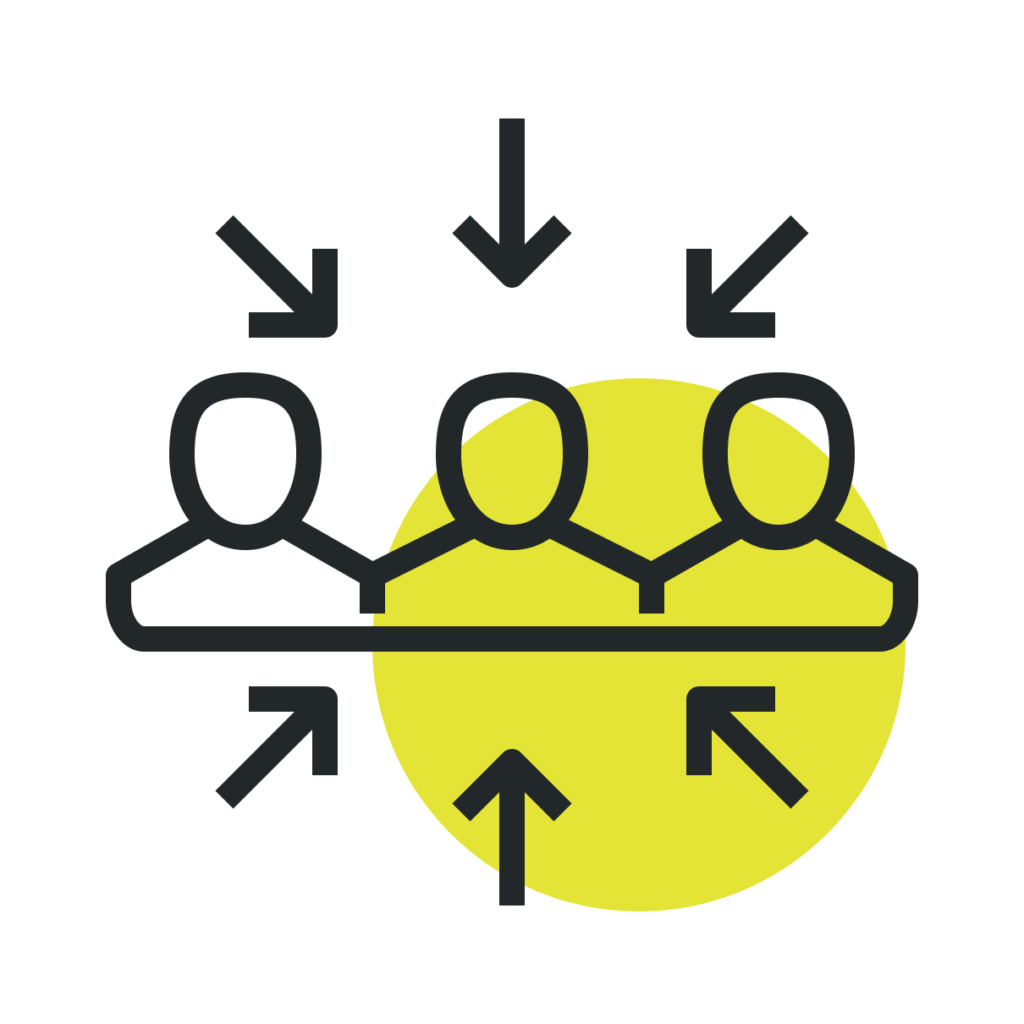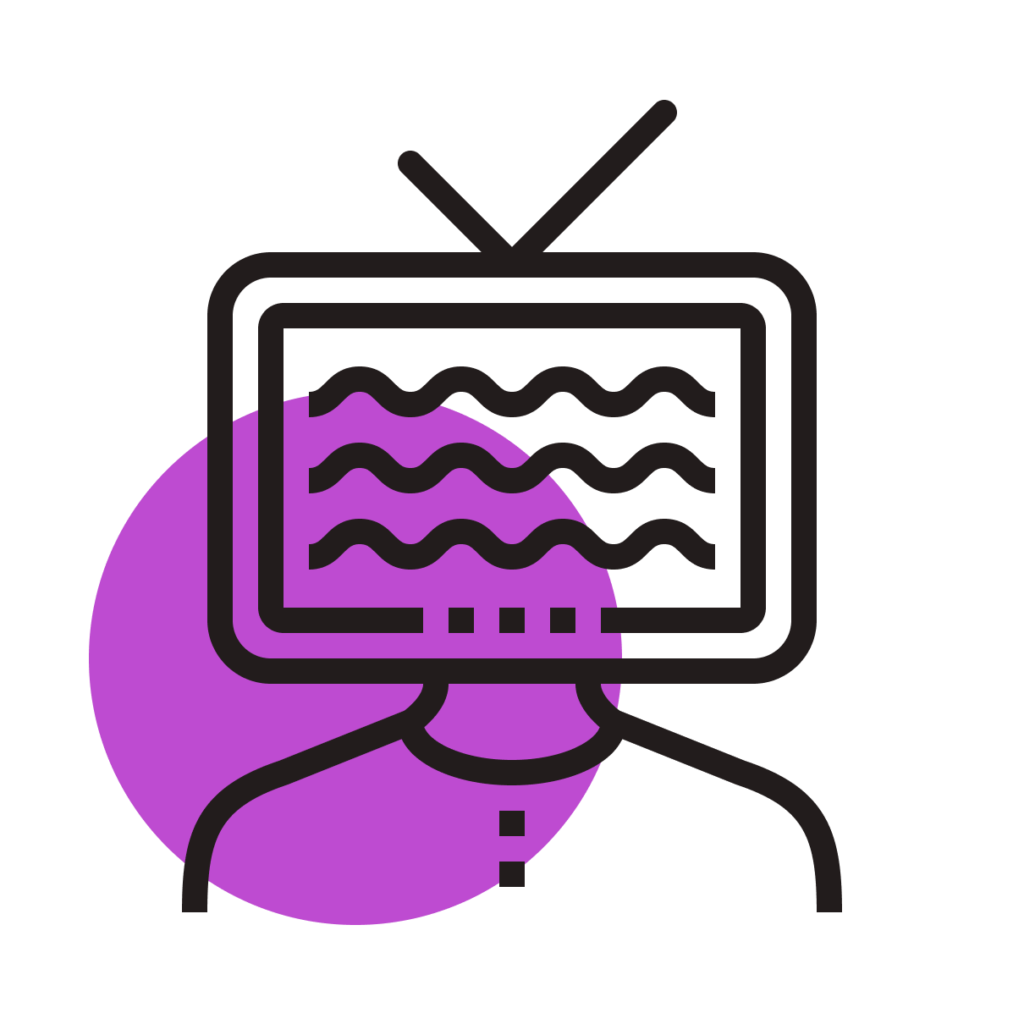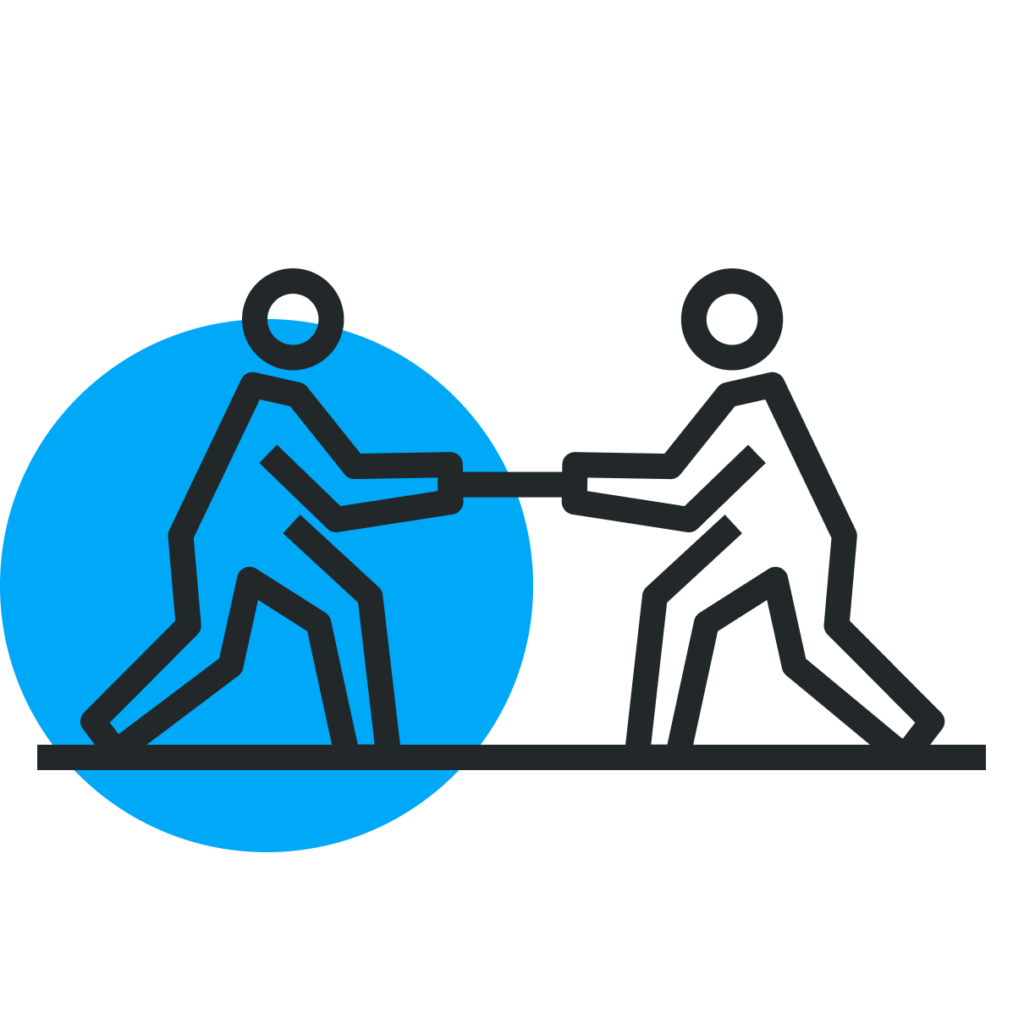The concept of the Mere Exposure Effect was popularized by psychologist Robert Zajonc in the 1960s. He conducted experiments showing that merely repeating exposure to a stimulus could lead to an increased preference for it.
Zajonc’s work laid the foundation for subsequent research in social psychology, marketing, and human-computer interaction.
Since then, this effect has been studied across various contexts including aesthetics, social judgment, and consumer behavior. It’s become a cornerstone in advertising and human-computer interaction.
We know what we like. We have our favorite brands. We have our favorite meals. Our favorite clothes. Obviously, we grow accustomed to things as we interact with the world.
What’s interesting about this is that this effect is subconscious. It’s not that we overtly prefer one thing to another. Simply being exposed to the same thing over and over can change our attitude towards it.
Imagine an app you use every day. You don’t have any particular love for the interface, but one day the team completely changes the design and layout. You hate it. The internet hates it. Social media erupts in outrage at the new UI.
The software team spent months testing every feature, making sure they were designing the perfect interface that users would love.
Instead of a drastic change overnight, what if they practice progressive enhancement where small pieces of the UI change slowly over the course of several months? The chances are good most people would have never noticed as they slowly grew accustomed to the new UI in a less jarring way.
Interestingly a study in 1989 found that over time we can grow to dislike something. We grow tired of it. Imagine a song we hear, and we want to hear it more, but eventually, we get sick of hearing it and we’re ready for something new. So be careful using this effect too much.
🎯 Here are some key takeaways:
Embrace the familiar
Introduce novel features while retaining some familiar elements to ease the transition. Use familiarity as a guiding principle to ensure that innovation doesn't become disorientation.
Don’t make drastic changes
When upgrading or adding new features try to introduce change gradually over time. Try not to introduce jarring changes overnight, even if they are objectively “better.”
Design cross-platform consistency
Make sure the design and user experience are consistent across various devices and platforms. This will provide a familiar experience for users as they use their various devices.
Build trust through consistency
Consistency in branding, marketing, and the user interface will help to build trust and brand loyalty among customers
Don’t get too comfortable
Remember that this effect can eventually wear off if users grow tired of the same thing over and over again. As industry and trends change, make sure you are keeping up with patterns that are familiar to your users.
📚 Keep exploring
To dive deeper into the topic of the Mere-Exposure Effect and its implications for decision-making, check out these resources:



